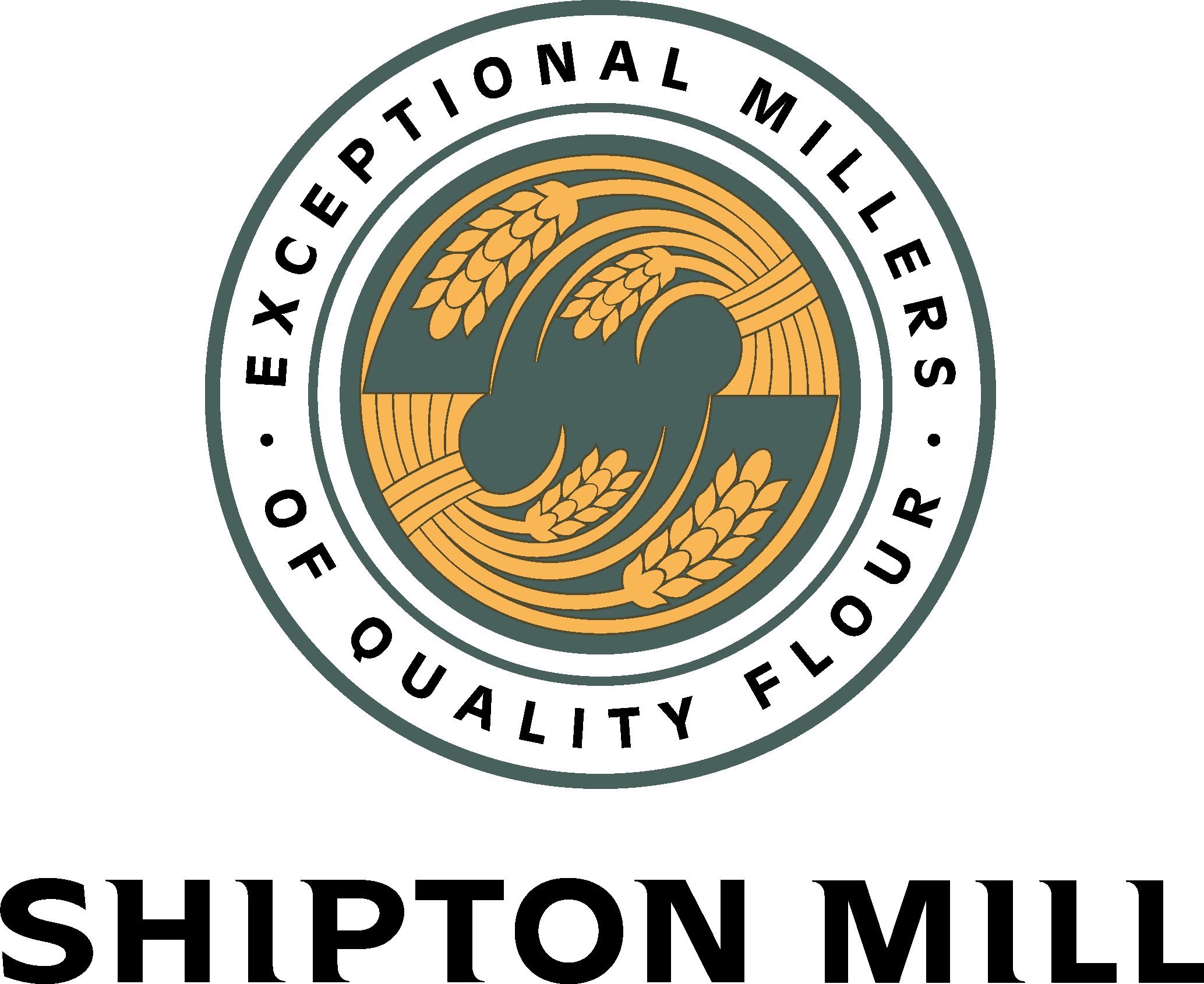Soda Bread farls with Sundried Tomatoes
Various forms of soda bread can be baked in an oven, but this twist on a traditional soda bread recipe is baked on a gridle or electric fry pan.
I use a vintage electric fry pan and turn it on and get it hot before starting to mix the ingredients. Similarly, if you are heating up a gridle on the top of a cooker it would be necessary to start warming it up to a reasonable heat before mixing in the liquid. Once the buttermilk or yoghurt is added to the mixture it reacts with the bicarbonate of soda and begins the rising process.
The word ‘farl’ is an old Scottish word which originally meant a quarter part of a thin cake made of either flour or oatmeal. So not surprisingly this recipe should produce four farls of soda bread.
This recipe is a quick way of making bread and can produce warm, edible delicious results in little over 30 minutes from start to finish. I don’t usually measure things out precisely using scales but combine 2 mugs of flour with 1 mug of buttermilk or natural yoghourt. Buttermilk is the traditional ingredient to combine with bicarbonate of soda, but natural yoghourt is much more easy to lay your hands on, and does the job equally well. The proportions of flour can be varied depending on your own preference in terms of brown/white bread.
Ingredients
1 mug of Organic Irish Soda Coarse Brown Bread Flour (approximately 150 grams)
1 mug of Traditional Organic White flour / Plain flour (approximately 150 grams)
1 mug of Buttermilk or Natural Yoghourt (approximately 250 grams)
1 tsp Baking Soda
1 tsp salt
4 or 5 Sundried Tomatoes
To get the right consistency before starting to bake the farls it may be necessary to add either some extra white flour or some extra water.
Preparation method
Put one mug (or equivalent) of Organic Irish Soda Coarse Brown Bread flour in a mixing bowl, along with another mug full of Plain Flour / Traditional Organic White flour. Add in one generous teaspoon of baking soda and one teaspoon of salt.
Mix the ingredients up so that the baking soda and salt are well distributed in the flour mixture. Then add the buttermilk or yoghourt and stir in the bowl with a baking spoon.
Your aim is to produce a coherent ball of dough which you can lift out of the bowl without getting your fingers sticky. If the mix is wet and sticky just add a bit more flour to the mixture until you’ve created a non-sticky ball of dough.
If the mix is too dry add some water to the mix until it all holds together happily. I think that adding a bit of warm water probably helps things to rise a bit better. This isn’t a precise process but you just add whatever flour or water helps produce a nice ball of dough.
Do not knead the flour. Simply mix it up into a ball and then turn it out onto a baking board which has been dusted with some plain flour, and then flatten the ball of dough gently into a circle. Don’t spend too much time mixing things because the buttermilk/yoghourt is busy reacting with the baking soda and dough needs to get onto the gridle before the rising agent loses its vigour.
Using a knife or a dough cutter, divide the circle of dough into quadrants.
It may be helpful to use a fish slice to place each farl gently into the fry pan or onto the hot gridle.
Bake for about 3 minutes. By that time the bottom of each farl should have risen and a crust should have formed.
Turn over each farl and bake for another 3 minutes.
Now there should be a softish crust on both sides of the farls. You can now stand the farls on their ends and give each of the three sides of the farl a minute or two on the pan / gridle to seal the edges.
Remove the farls from the pan/gridle and put them on a cooling tray.
I like to stand the farl on its edge and cut it in half. Soda bread is best eaten whilst still warm, with some melted butter / margarine and a bit of cheese on top.
Whatever’s left over can be toasted and enjoyed at breakfast time.




